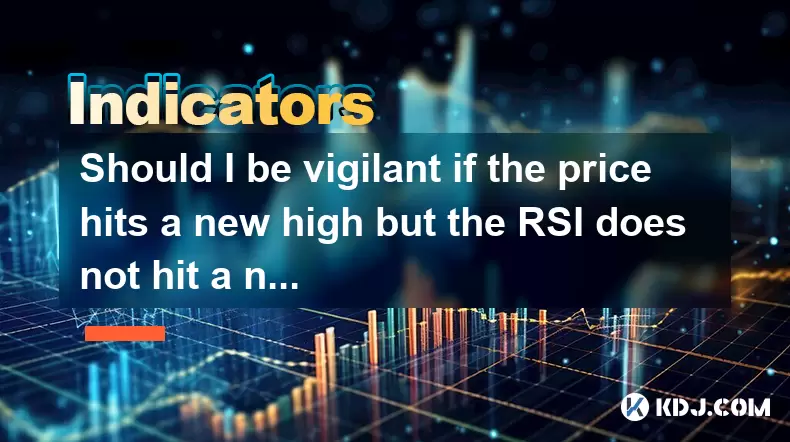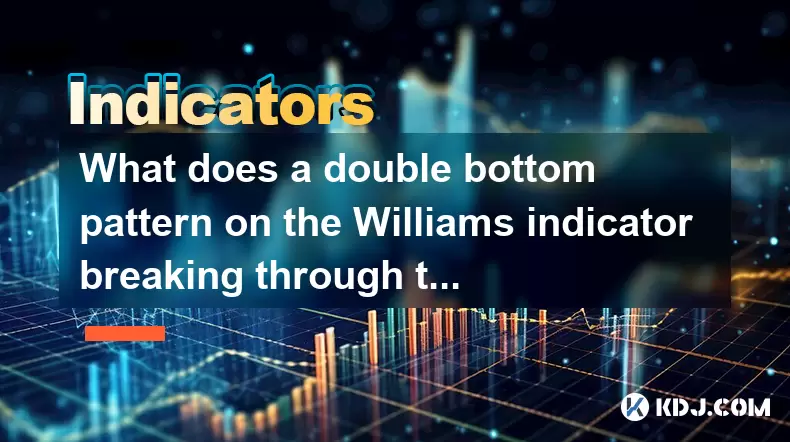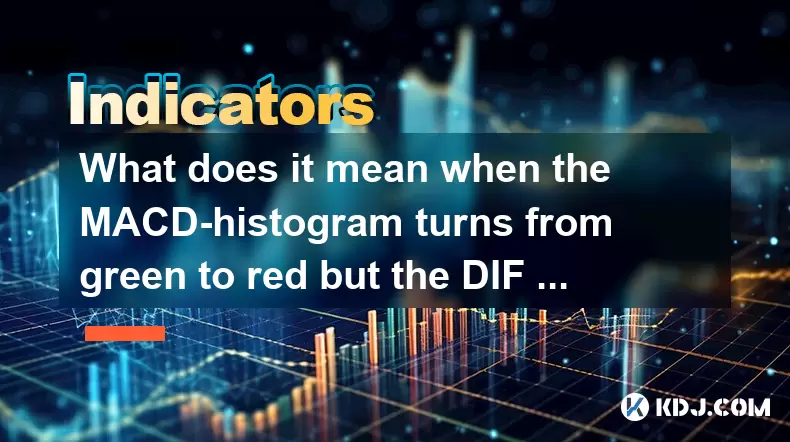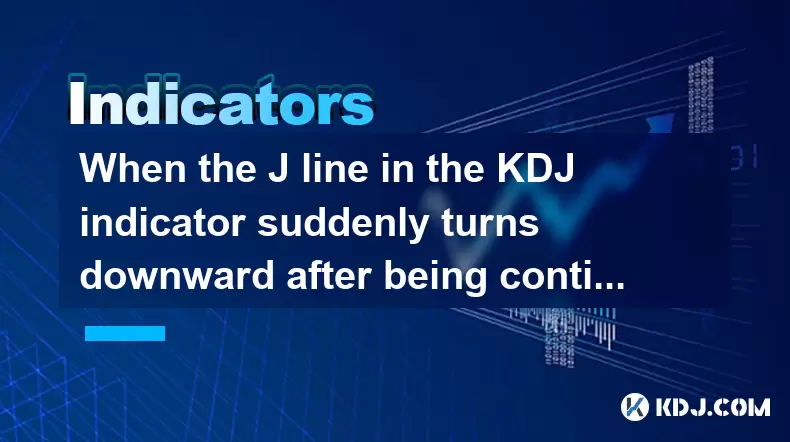-
 Bitcoin
Bitcoin $116400
-0.36% -
 Ethereum
Ethereum $4033
3.40% -
 XRP
XRP $3.302
-1.26% -
 Tether USDt
Tether USDt $1.000
-0.02% -
 BNB
BNB $796.1
1.67% -
 Solana
Solana $177.8
1.89% -
 USDC
USDC $0.9999
0.00% -
 Dogecoin
Dogecoin $0.2314
4.09% -
 TRON
TRON $0.3381
0.14% -
 Cardano
Cardano $0.7989
1.22% -
 Stellar
Stellar $0.4496
-1.84% -
 Chainlink
Chainlink $20.42
9.42% -
 Hyperliquid
Hyperliquid $41.17
0.88% -
 Sui
Sui $3.914
3.77% -
 Bitcoin Cash
Bitcoin Cash $584.7
1.52% -
 Hedera
Hedera $0.2632
-0.54% -
 Avalanche
Avalanche $24.09
3.40% -
 Ethena USDe
Ethena USDe $1.001
-0.02% -
 Litecoin
Litecoin $123.2
1.33% -
 Toncoin
Toncoin $3.318
-0.04% -
 UNUS SED LEO
UNUS SED LEO $8.984
-0.05% -
 Shiba Inu
Shiba Inu $0.00001323
2.85% -
 Uniswap
Uniswap $10.90
4.41% -
 Polkadot
Polkadot $3.999
3.34% -
 Dai
Dai $1.000
0.01% -
 Cronos
Cronos $0.1630
9.64% -
 Bitget Token
Bitget Token $4.484
0.82% -
 Monero
Monero $272.4
2.44% -
 Pepe
Pepe $0.00001173
6.03% -
 Aave
Aave $290.8
2.88%
Should I be vigilant if the price hits a new high but the RSI does not hit a new high?
When a crypto's price hits a new high but the RSI doesn't, it's a bearish divergence signal, suggesting momentum is weakening and a price drop may follow.
Jun 02, 2025 at 04:28 am

When analyzing cryptocurrency markets, it's essential to pay attention to various indicators that can help you make informed decisions. One common scenario traders face is when the price of a cryptocurrency hits a new high, but the Relative Strength Index (RSI) does not follow suit. This divergence can be a critical signal for investors and traders. In this article, we will explore the significance of such a situation and what it might mean for your trading strategy.
Understanding the RSI Indicator
The Relative Strength Index (RSI) is a momentum oscillator that measures the speed and change of price movements. It is typically displayed as a line graph that moves between 0 and 100. Traditionally, an RSI value above 70 indicates that an asset might be overbought, while a value below 30 suggests it might be oversold. The RSI is used to identify potential trend reversals and to gauge the strength of a current trend.
What is Divergence?
Divergence occurs when the price of an asset moves in the opposite direction of a technical indicator, such as the RSI. There are two types of divergence: bullish and bearish. Bullish divergence happens when the price makes a lower low, but the RSI makes a higher low. Conversely, bearish divergence occurs when the price makes a higher high, but the RSI makes a lower high. In the context of this article, we are focusing on bearish divergence, where the price hits a new high but the RSI does not.
The Significance of Price-RSI Divergence
When the price of a cryptocurrency reaches a new high but the RSI fails to do the same, it is a form of bearish divergence. This situation suggests that the momentum behind the price increase is weakening. Even though the price is still rising, the RSI's failure to reach a new high indicates that the buying pressure is not as strong as it was during previous highs. This can be a warning sign that the current upward trend may be losing steam and could potentially reverse.
How to Identify Bearish Divergence
To identify bearish divergence, you need to follow these steps:
- Observe the Price Chart: Look for a situation where the price of the cryptocurrency reaches a new high.
- Check the RSI: Simultaneously, check the RSI to see if it also reaches a new high. If it does not, you may have identified a bearish divergence.
- Confirm the Divergence: Ensure that the previous high in the RSI was higher than the current reading at the new price high. This confirms the bearish divergence.
What Should You Do When You Spot Bearish Divergence?
Spotting bearish divergence can be a valuable signal for traders. Here are some strategies you might consider:
- Take Profits: If you are holding a position in the cryptocurrency, bearish divergence might be a good time to take profits. The weakening momentum could signal an upcoming price drop.
- Set Stop-Loss Orders: Adjust your stop-loss orders to protect your gains. If the price starts to decline, your stop-loss can help limit your losses.
- Wait for Confirmation: Sometimes, bearish divergence might not immediately lead to a price drop. It can be wise to wait for additional confirmation, such as a break below a key support level, before making a decision.
- Consider Short Positions: If you are an experienced trader, bearish divergence might be an opportunity to enter a short position, anticipating a price decline.
Real-Life Examples of Bearish Divergence in Cryptocurrencies
To better understand how bearish divergence plays out in real markets, let's look at a couple of examples from the cryptocurrency space.
- Bitcoin (BTC): In early 2021, Bitcoin reached a new all-time high of around $64,000. However, the RSI did not reach a new high and instead showed a lower high compared to its previous peak. This bearish divergence was followed by a significant correction, with Bitcoin dropping to around $30,000 over the next few months.
- Ethereum (ETH): In May 2021, Ethereum hit a new high above $4,000. Yet, the RSI failed to reach a new high and showed a clear bearish divergence. This was followed by a sharp decline, with Ethereum dropping to around $1,700 in the following weeks.
Limitations and Considerations
While bearish divergence can be a powerful tool, it is not foolproof. Here are some limitations and considerations to keep in mind:
- False Signals: Sometimes, bearish divergence can lead to false signals. The price might continue to rise despite the divergence, so it's crucial to use other indicators and analysis methods to confirm your strategy.
- Timeframe Sensitivity: Divergence can look different on different timeframes. What appears as a bearish divergence on a daily chart might not be evident on a weekly chart. Always consider the timeframe you are trading on.
- Market Context: The overall market context can influence the effectiveness of bearish divergence. During strong bullish trends, bearish divergence might be less reliable.
Using Other Indicators to Confirm Bearish Divergence
To increase the reliability of bearish divergence signals, you can use other technical indicators to confirm your analysis. Some common indicators to consider include:
- Moving Averages: Look for the price to break below a key moving average, such as the 50-day or 200-day moving average, as a confirmation of a potential trend reversal.
- MACD (Moving Average Convergence Divergence): The MACD can also show divergence and can be used in conjunction with the RSI to confirm bearish signals.
- Volume: A decrease in trading volume during new price highs can also support the bearish divergence signal, indicating that fewer traders are participating in the rally.
Practical Steps to Implement a Bearish Divergence Strategy
If you decide to use bearish divergence as part of your trading strategy, here are some practical steps to follow:
- Set Up Your Chart: Use a reliable trading platform that allows you to overlay the RSI on your price chart. Ensure you can see both the price and RSI clearly.
- Identify the Divergence: As mentioned earlier, look for a new high in the price that is not matched by a new high in the RSI.
- Confirm with Other Indicators: Use additional indicators like moving averages, MACD, and volume to confirm the bearish divergence signal.
- Plan Your Trade: Decide whether you will take profits, set stop-losses, or enter a short position. Set clear entry and exit points based on your analysis.
- Monitor and Adjust: Keep an eye on the market and be prepared to adjust your strategy if the situation changes. Markets can be unpredictable, so flexibility is key.
Frequently Asked Questions
Q: Can bullish divergence be used in a similar way to bearish divergence?
A: Yes, bullish divergence can be used similarly but in the opposite direction. When the price makes a lower low but the RSI makes a higher low, it suggests that the downward momentum is weakening, which could signal an upcoming price increase. Traders might consider entering long positions or adjusting their stop-losses accordingly.
Q: How long should I wait for confirmation after spotting bearish divergence?
A: The time to wait for confirmation can vary depending on your trading style and the specific market conditions. Some traders might wait for a few days to a week, while others might look for immediate confirmation signals. It's important to balance the need for confirmation with the risk of missing out on a potential move.
Q: Is bearish divergence more reliable in certain cryptocurrencies?
A: Bearish divergence can be observed in any cryptocurrency, but its reliability might vary depending on the liquidity and volatility of the asset. Generally, more liquid and widely traded cryptocurrencies like Bitcoin and Ethereum might show more reliable divergence signals due to higher trading volumes and less susceptibility to manipulation.
Q: Can I use bearish divergence for long-term investing?
A: While bearish divergence is often used by short-term traders, long-term investors can also benefit from understanding it. If bearish divergence appears on a longer timeframe, such as a weekly or monthly chart, it might signal a more significant trend reversal that could affect long-term investment decisions. However, long-term investors should use it in conjunction with other fundamental analysis tools.
Disclaimer:info@kdj.com
The information provided is not trading advice. kdj.com does not assume any responsibility for any investments made based on the information provided in this article. Cryptocurrencies are highly volatile and it is highly recommended that you invest with caution after thorough research!
If you believe that the content used on this website infringes your copyright, please contact us immediately (info@kdj.com) and we will delete it promptly.
- Moat Stocks & Mega-Cap Momentum: July's Standout Performance
- 2025-08-09 12:30:12
- Injective (INJ) Eyes $15.39 Breakout Amidst Explosive Network Growth
- 2025-08-09 12:30:12
- HAT Token Mania: Price Surges, Crypto Auctions, and Meme Coin Mayhem
- 2025-08-09 11:10:11
- Undervalued Cryptos Primed for a 2025 Takeoff: MAGACOIN, TRX, and SUI Lead the Pack
- 2025-08-09 11:10:11
- Bitcoin Goes to Harvard: Ivy League Embraces Digital Assets
- 2025-08-09 10:50:12
- Bitcoin, BlockDAG, and Toncoin: Decoding the Crypto Buzz in NYC
- 2025-08-09 11:30:11
Related knowledge

What does it mean when the Triple Moving Average (TRIX) turns downward but the price doesn't fall?
Aug 09,2025 at 12:42pm
Understanding the Triple Moving Average (TRIX) IndicatorThe Triple Moving Average, commonly known as TRIX, is a momentum oscillator designed to filter...

What does it mean when the Williams' oscillator repeatedly hits bottoms but fails to rebound?
Aug 09,2025 at 09:28am
Understanding the Williams %R OscillatorThe Williams %R oscillator, developed by Larry Williams, is a momentum indicator used in technical analysis to...

What does a double bottom pattern on the Williams indicator breaking through the 50-day midline indicate?
Aug 09,2025 at 10:56am
Understanding the Williams %R IndicatorThe Williams %R indicator, developed by Larry Williams, is a momentum oscillator that measures overbought and o...

What does it mean when the MACD-histogram turns from green to red but the DIF line fails to form a golden cross?
Aug 09,2025 at 10:15am
Understanding the MACD and Its ComponentsThe MACD (Moving Average Convergence Divergence) is a widely used technical analysis tool in the cryptocurren...

When the J line in the KDJ indicator suddenly turns downward after being continuously overbought, does it indicate a top?
Aug 09,2025 at 06:35am
Understanding the KDJ Indicator and Its ComponentsThe KDJ indicator is a momentum oscillator widely used in cryptocurrency technical analysis to ident...

What does it mean when the TRIX indicator suddenly diverges downward after a long period of convergence?
Aug 09,2025 at 12:56am
Understanding the TRIX Indicator in Cryptocurrency TradingThe TRIX indicator, or Triple Exponential Average, is a momentum oscillator used in technica...

What does it mean when the Triple Moving Average (TRIX) turns downward but the price doesn't fall?
Aug 09,2025 at 12:42pm
Understanding the Triple Moving Average (TRIX) IndicatorThe Triple Moving Average, commonly known as TRIX, is a momentum oscillator designed to filter...

What does it mean when the Williams' oscillator repeatedly hits bottoms but fails to rebound?
Aug 09,2025 at 09:28am
Understanding the Williams %R OscillatorThe Williams %R oscillator, developed by Larry Williams, is a momentum indicator used in technical analysis to...

What does a double bottom pattern on the Williams indicator breaking through the 50-day midline indicate?
Aug 09,2025 at 10:56am
Understanding the Williams %R IndicatorThe Williams %R indicator, developed by Larry Williams, is a momentum oscillator that measures overbought and o...

What does it mean when the MACD-histogram turns from green to red but the DIF line fails to form a golden cross?
Aug 09,2025 at 10:15am
Understanding the MACD and Its ComponentsThe MACD (Moving Average Convergence Divergence) is a widely used technical analysis tool in the cryptocurren...

When the J line in the KDJ indicator suddenly turns downward after being continuously overbought, does it indicate a top?
Aug 09,2025 at 06:35am
Understanding the KDJ Indicator and Its ComponentsThe KDJ indicator is a momentum oscillator widely used in cryptocurrency technical analysis to ident...

What does it mean when the TRIX indicator suddenly diverges downward after a long period of convergence?
Aug 09,2025 at 12:56am
Understanding the TRIX Indicator in Cryptocurrency TradingThe TRIX indicator, or Triple Exponential Average, is a momentum oscillator used in technica...
See all articles

























































































